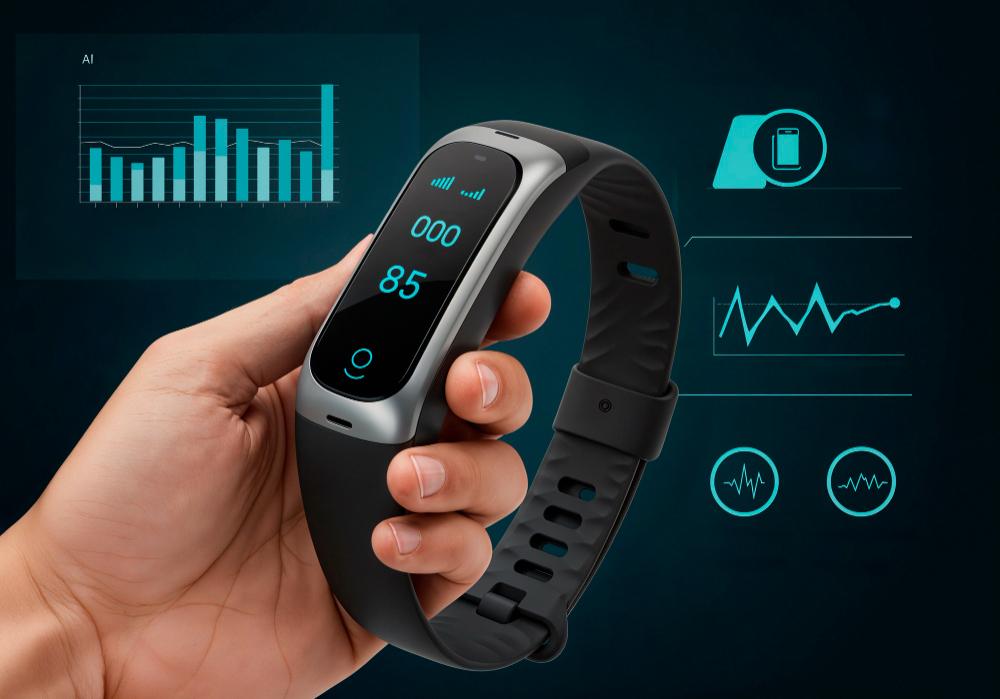Healthcare is undergoing a digital revolution, with wearable technology at the forefront of this transformation. These cutting-edge devices are fundamentally changing how medical professionals monitor patients, deliver treatments, and collect critical health data. From basic fitness monitors to sophisticated medical-grade devices, wearables are creating new possibilities for personalized healthcare delivery.
Advanced Monitoring Through Wearable Devices
Wearable technology tracking devices have transcended their original purpose as simple activity monitors. Modern devices incorporate advanced biosensors capable of tracking multiple physiological parameters simultaneously. These include continuous heart rate monitoring, blood oxygen saturation levels, skin temperature, and even stress indicators through heart rate variability analysis.
The sophistication of these devices has reached medical-grade precision in many cases. Smartwatches can now perform electrocardiograms, while specialized patches can monitor medication adherence and wound healing progress. The integration of artificial intelligence algorithms enables these devices to learn individual patterns and provide personalized health insights.
Key Benefits of Wearable Health Technology
The advantages of wearable technology in healthcare extend far beyond convenience. These devices enable preventive healthcare by identifying potential health issues before they manifest as serious conditions. This early warning system can be particularly valuable for managing chronic diseases and preventing acute medical episodes.
Healthcare accessibility represents another significant advantage. Rural and underserved populations can now access sophisticated health monitoring without traveling to specialized medical facilities. This democratization of healthcare technology helps bridge the gap between urban and rural medical services.
Data-driven decision making is revolutionizing treatment protocols. Healthcare providers can now base their decisions on continuous, objective data rather than snapshot readings taken during brief clinical encounters. This comprehensive data collection enables more accurate diagnoses and more effective treatment adjustments.
Present-Day Applications and Use Cases
Current wearable technology implementations showcase remarkable versatility across medical specialties. In rehabilitation medicine, motion sensors help physical therapists monitor patient progress and adjust exercise programs. Neurological applications include seizure detection devices that can alert caregivers and medical professionals instantly.
Oncology has embraced wearables for monitoring chemotherapy side effects and tracking recovery progress. Sleep medicine benefits from advanced sleep tracking capabilities that provide detailed analysis of sleep stages, breathing patterns, and movement during rest periods.
Mental health applications are equally promising, with devices capable of monitoring stress levels, anxiety indicators, and mood patterns. These insights help mental health professionals adjust treatment plans and provide timely interventions.
Emerging Innovations and Future Prospects
Future developments in wearable technology point toward even more revolutionary healthcare applications. Researchers are developing smart textiles embedded with sensors that can monitor vital signs without traditional wearable devices. These fabric-based sensors could be integrated into regular clothing, making health monitoring completely invisible to users.
Nanotechnology integration promises miniaturized sensors capable of monitoring biomarkers at the molecular level. These developments could enable early detection of diseases like cancer through continuous monitoring of specific proteins or genetic markers.
Brain-computer interfaces represent the next frontier, with potential applications in neurological rehabilitation and cognitive enhancement. These technologies could help patients with paralysis control external devices or assist in treating depression and anxiety disorders.
Transforming Healthcare Delivery
The integration of wearable technology into healthcare systems is creating new models of care delivery. Telemedicine platforms now incorporate wearable data streams, enabling remote consultations based on real-time physiological data. This integration is particularly valuable for managing chronic conditions and post-operative care.
Healthcare economics are also being transformed. Reduced hospital readmissions, fewer emergency room visits, and more efficient resource allocation are creating cost savings throughout the healthcare system. Insurance companies are beginning to recognize these benefits by offering premium discounts for users who maintain healthy metrics through wearable monitoring.
Conclusion
The impact of wearable health technology extends far beyond individual fitness tracking. These devices are creating a new paradigm of participatory medicine where patients become active partners in their healthcare journey. As technology continues to advance, the line between medical devices and everyday wearables will continue to blur, making sophisticated health monitoring accessible to everyone. The future of healthcare lies in this seamless integration of technology and medicine, promising better outcomes, reduced costs, and more personalized care for all patients.
Latest Reports:-
Retinopathy Of Prematurity Market | Richter Syndrome Market | Ringworm Market | Rosacea Market | Rotator Cuff Injuries Market | Shingles Market | Short Bowel Syndrome Drug Market | Short Bowel Syndrome Market | Shoulder Replacement Devices Market | Sickle Cell Disease Market | Sinusitis Market | Sjogren’s Syndrome Market | Skin Grafting Devices Market | Skin Neoplasm Market | Nicotine Addiction Market | Smoking Cessation Market | Spinal Cord Injury Market | Spinal Cord Stimulators Market | Spinal Decompression/traction Devices Market | Spinal Implants Market | Spinal Non-fusion Devices Market | Spinal Trauma Devices Market | Orthobiologics Market | Spondylolisthesis Market | Sporadic Inclusion Body Myositis Sibm Market | Staphylococcus Aureus Infection Market

